Stories Behind the Postcards: Paintings and Collages of Jennifer Scott
Share
Explore Our Galleries
Newest Exhibit
Breaking News!
Today's news and culture by Black and other reporters in the Black and mainstream media.
Ways to Support ABHM?
The Artist's Statement
Thousands of African Americans were lynched during the Jim Crow Era, between the 1880s and the Second World War.
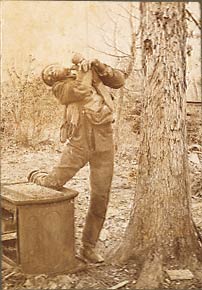
Souvenir Postcard of Lee Hall, lynched in a trash dump in Wrightsville, Georgia. His ears were cut off, and his body riddled with bullets. Inscription on reverse in brown ink: "Lee Hall col, lynched Saturday Feb, 7th 1903 about 11 o'clock P.M."
Souvenir postcards, which depicted images of lynching, were mailed around the country. [Curator's note: These postcards, known as "collectibles," are still being sold today in antique stores, rummage sales, and on and offline.]
This series of six paintings and three collages is my response to lynching postcards. Over the years, I have thought about what I did not see in the postcards. I did not see the family members left behind to take down the victim, to mourn and bury the remains-if there was enough to bury.
I want you, the viewer, to relate to as much of the human being and their environment as possible, Observe skin color, facial features, the color of their clothing, time of day and place where these acts took place. Notice the family relationships. Try to imagine the victim’s life before death was captured in a postcard.
Museums usually present lynching images by displaying the actual postcards. The cards are black and white or sepia-toned.1 I believe that the small size of these postcards and their lack of color prevent you, the viewer, from connecting with the victims in the postcards. The large paintings and collages give you an entry point to connect with the human suffering in the images.
I uncover our human connection through painting. I want my paintings to encourage you to look at the worst human brutality imaginable-even if it makes you uncomfortable. To do this, I enlarge aspects of the postcards to create an entry point into these horrific images. I want to hold your attention there for as long as possible.
I developed Stories Behind the Postcards to cause an emotional shift in the viewer and a thoughtful shift in the conversation around race. I hope to stimulate new questions and emotions about the content. I want to move you, the viewer, beyond typical politically correct thoughts and feelings about race and race relations.
Questions: “Does the legacy of racism left behind from slavery and Jim Crow change the way you behave towards others who are different from you today? What about the inhuman treatment of American Indians, and countless other injustices suffered by other immigrant groups?" I hope your personal reflection will have a lasting impact on the next generation.
I believe artists need to be at the forefront of complex issues; pushing the boundaries of exposing truth, creating understanding and acknowledging our past, present and future. Racism is a barrier in this country and around the world. No one image could capture or represent all of the loss, anger, disgust, hatred, powerlessness, fight, flight or freedom that comes with this reality. My current series gives a voice to the voiceless.
I agree with Philip Dray who wrote, “Until we understand how pervasive and socially accepted the practice [of lynching] was—and, more important, why this was so—it will haunt all efforts at racial reconciliation.”2
Read artist Jennifer Scott's bio here.
The Paintings
"Three Generations," "The Impossible" and "My Son, My Grandson"
Lynching souvenir postcards were in black and white or sepia-toned. This makes it easier to get an emotional distance from the horror they show. In my paintings, the colors are vibrant. This reminds us that these horrors took place amidst the beauty of nature and often in clear daylight.
"Coming Up From the River" and "Young Girl by Birch Tree"
In these two paintings, a young man and a girl stand on the riverbank. The young man's fist is clenched, the girl's face is stricken. They are taking in some horrible scene that we can only imagine.
(Click on paintings to enlarge)
The Collages
In the collages below, the images of the victims have been removed. White space takes their place, so that the viewer will focus on the faces of the crowd. It is shocking to many viewers to see that the lynchers and spectators are often smiling and celebrating as if they were at a picnic or bringing home a hunting trophy.
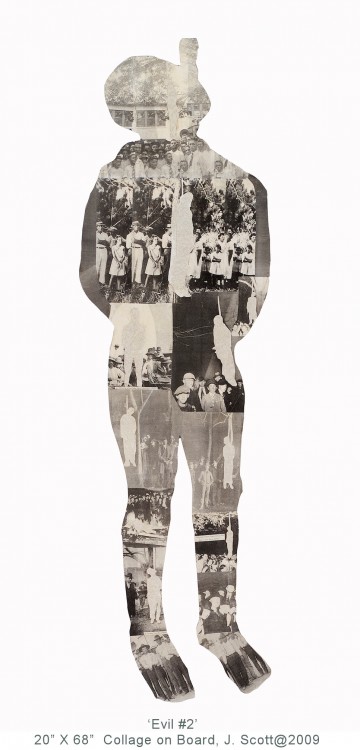
1Sepia is a brown tone found in many old photographs.
2Dray Philip, At The Hands of Persons Unknown: Lynching of Black America. Random House, Inc: New York, 2002.
Biography of the Artist, Jennifer Scott
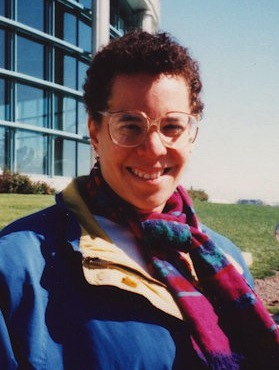
Jennifer B. Scott
Jennifer B. Scott was born in Westchester, NY, in 1962. She now resides in Chicago, IL. In 1993 she received a Master of Fine Arts from the Rhode Island School of Design in Providence, RI, and in 1989 a Bachelors of Fine Arts from Binghamton State University in Binghamton, NY. Scott also graduated from the Tamarind Institute of Lithography, Albuquerque, NM, in 1996. For the past thirty years, printmaking (in particular intaglio and lithography), painting and collage have been Ms. Scott’s primary means of expression and concentration.
In Chicago, Scott has exhibited at the Chicago Cultural Center, the Museum of Science and Industry, DuSable Museum of African Art, Harold Washington College, The Center for Contemporary African Art & Culture, South Shore Cultural Center, the School of the Art Institute, Tom Robinson Gallery, The HumanThread Center, Murphy Hill Gallery, the Arena Atelier Creative Zone, and at the Commission on Human Relations September ‘Unity’ Month Celebrations, which are held around the City. Scott’s work has also been displayed in Albuquerque and Santa Fe, Up-State New York, Providence, and Minneapolis. Ms. Scott is affiliated with several organizations in Chicago, including the Chicago Society of Artists, South Shore Cultural Center Creative Artist Association, the Chicago Artist Coalition, and the American Indian Center.
In addition to exhibiting, Scott has taught in numerous schools, institutions, private and public agencies, universities and colleges from 1979-2001. She moved to Chicago in 1997 and taught printmaking at the Art Institute of Chicago and figure drawing in their Continuing Education Department. Scott was also an instructor at Robert Morris Collage, Harold Washington Collage, and Oakton Community Collage. She was also an instructor with the Gallery 37 After-School-Program, for five years, and work in several Chicago public high schools. Ms. Scott is a professional artist, art educator, and community builder whose work with ethnic/indigenous groups informs the content of her artwork, and who uses art and art education to build community and to improve the lives of individuals within diverse communities.
Comments Are Welcome
Note: We moderate submissions in order to create a space for meaningful dialogue, a space where museum visitors – adults and youth –– can exchange informed, thoughtful, and relevant comments that add value to our exhibits.
Racial slurs, personal attacks, obscenity, profanity, and SHOUTING do not meet the above standard. Such comments are posted in the exhibit Hateful Speech. Commercial promotions, impersonations, and incoherent comments likewise fail to meet our goals, so will not be posted. Submissions longer than 120 words will be shortened.
See our full Comments Policy here.









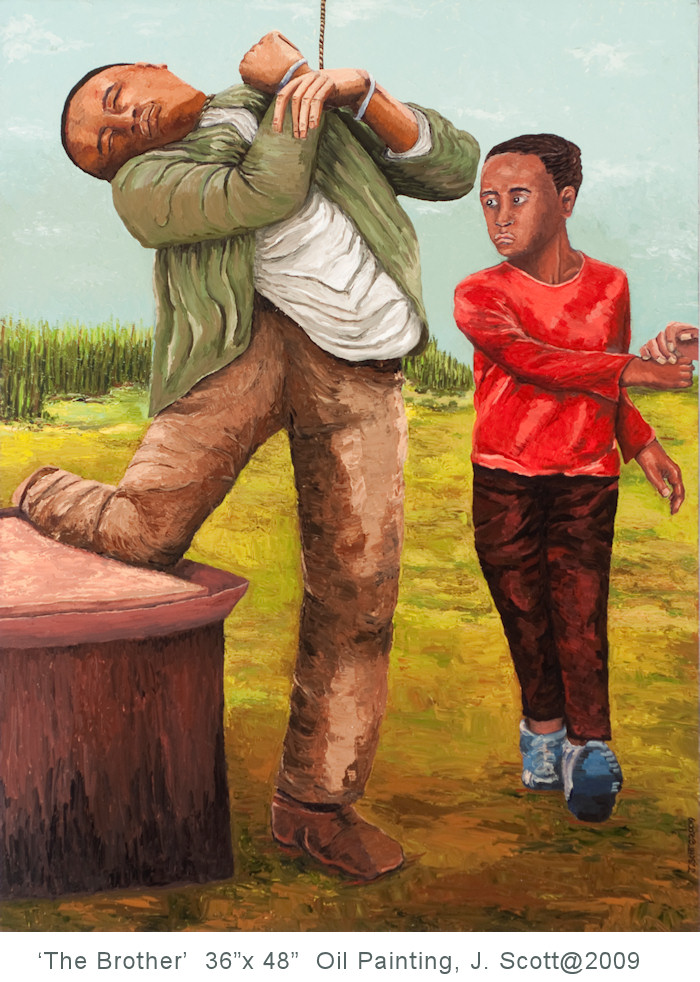

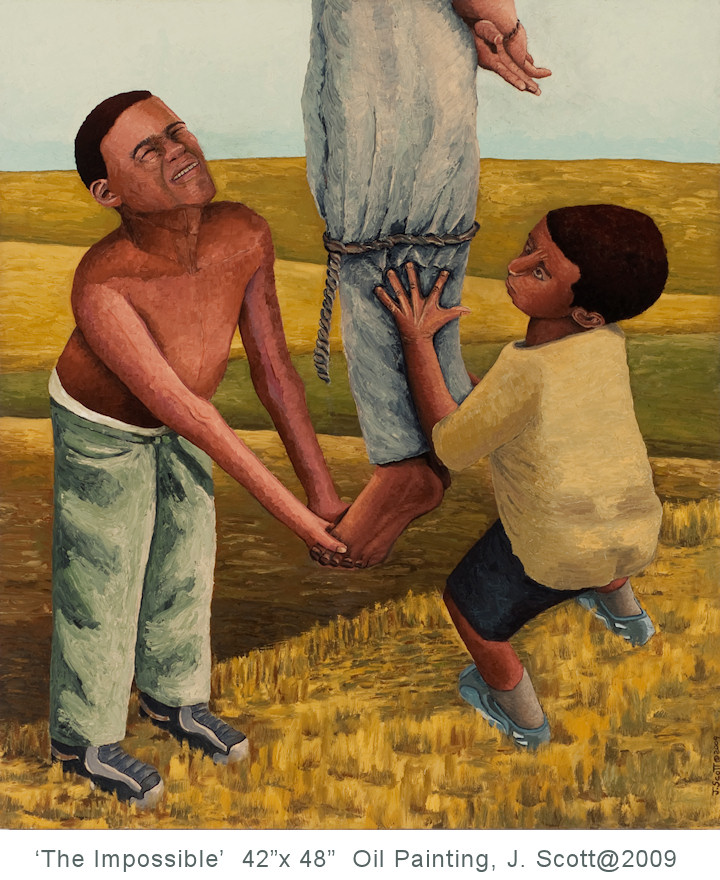
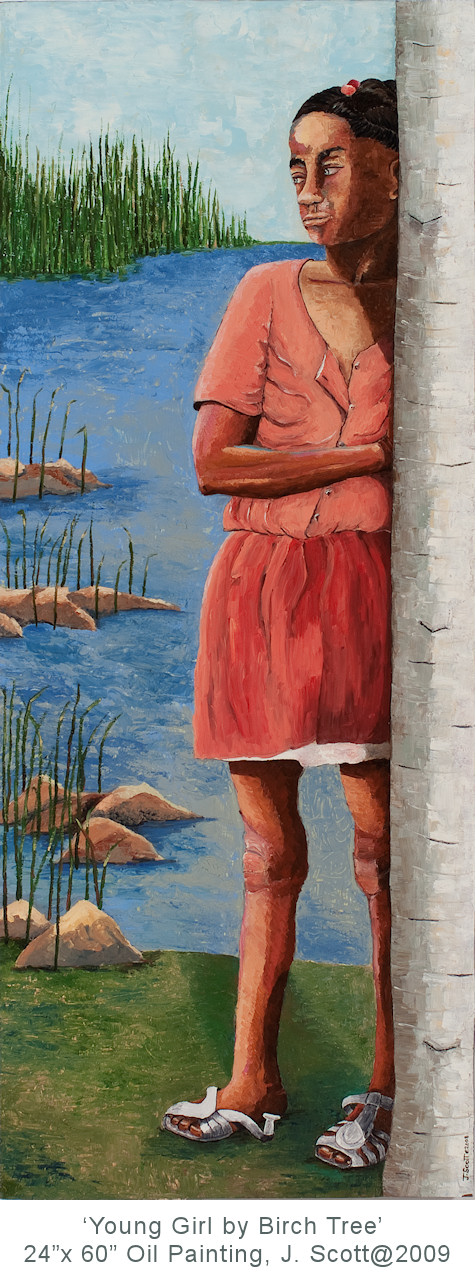
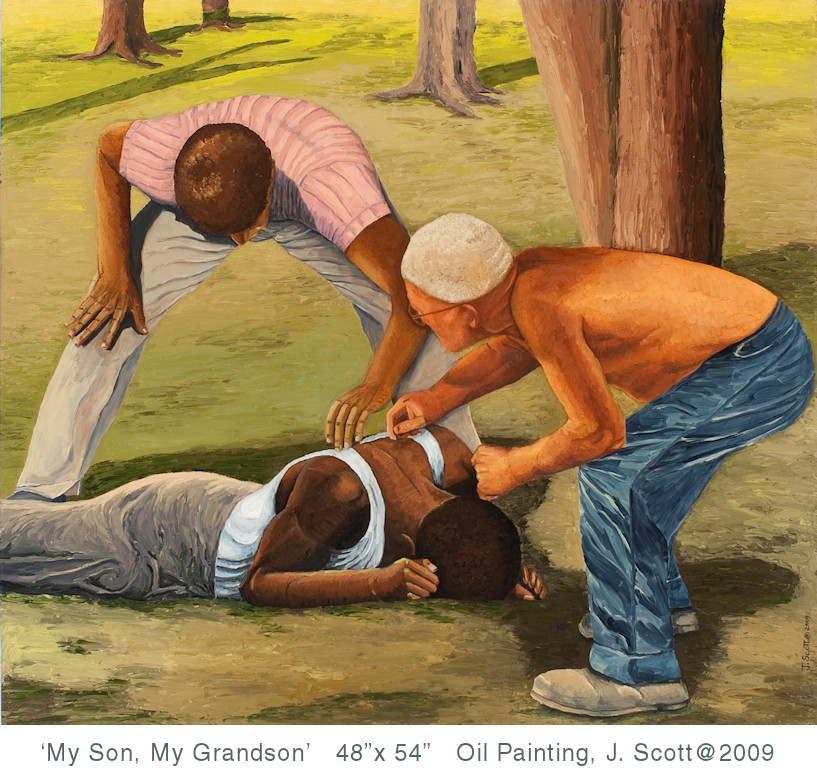
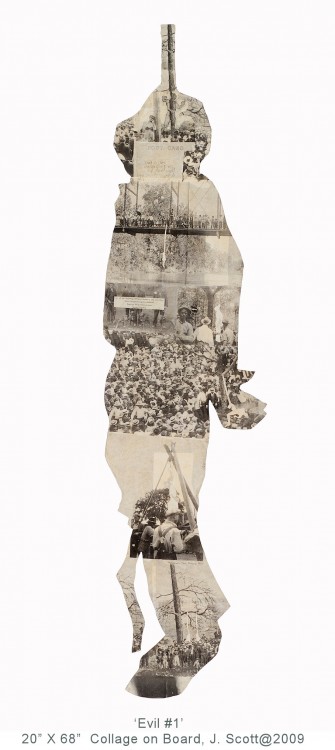
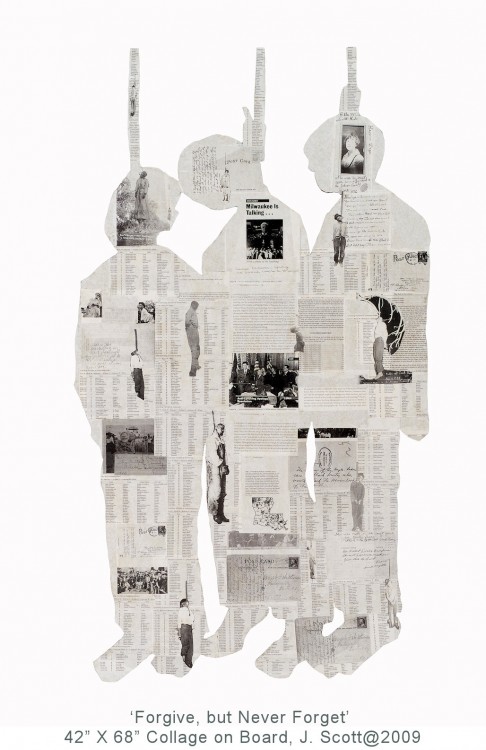
Awesome message. Black people may never get justice nor love in America, nor England, etc. Marcus Gavey’s idea was probably the best alternative to continued abuse in Christian and Muslim nations.